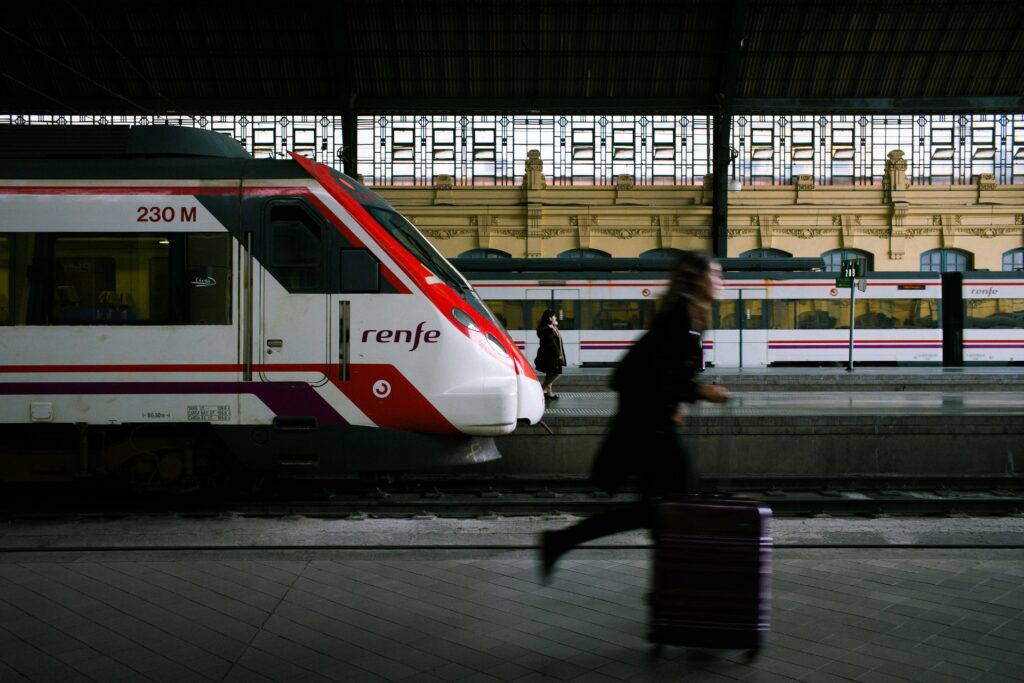Common Mistakes to Avoid When Traveling by Train in Europe with Interrail Ticket
Train travel in Europe with Interrail Ticket is convenient, scenic, and efficient, but it comes with its own set of challenges. Many first-time travelers make avoidable mistakes that can lead to stress, extra costs, or even missed trains. Here are five common mistakes to avoid for a smooth and enjoyable journey.

1. Not Booking Tickets in Advance
While some regional trains allow you to hop on without reservations, high-speed and international trains often require advance booking. Waiting until the last minute can lead to:
Higher ticket prices, as many trains use dynamic pricing.
Limited availability, especially during peak travel seasons.
The need for seat reservations on trains like the Eurostar, TGV, and AVE, which might sell out.
Tip: Book tickets at least one to three months in advance through official railway websites or platforms like Trainline and Omio to secure the best fares.
2. Forgetting to Validate or Reserve Seats
Some countries, like Italy and France, require passengers to validate their train tickets before boarding. Failing to do so can result in hefty fines. Similarly, certain rail passes, like Eurail and Interrail, often require seat reservations on specific routes.
Tip:
Look for validation machines (usually yellow or orange) at stations and stamp your ticket before boarding.
Check if your ticket or rail pass requires a seat reservation and book it ahead of time.
3. Misunderstanding Train Schedules and Platforms
European train stations can be overwhelming, especially in large cities like Paris, Rome, or Berlin. A common mistake is not checking platform changes or reading the departure board incorrectly.
Avoid these pitfalls:
Platforms can change last minute – Always check departure boards upon arrival.
Train numbers, not just destinations – Some cities have multiple stations, and the same destination may be served by different trains.
Time formats differ – Many countries use the 24-hour clock (e.g., 16:45 instead of 4:45 PM).
Tip: Arrive at least 20–30 minutes early to find your platform and allow for any last-minute changes.
4. Packing Too Much Luggage
Unlike airports, train stations don’t have strict baggage policies, but that doesn’t mean you should overpack. Many trains have limited storage space, especially on busy routes.
Challenges with excessive luggage:
Overhead racks and luggage compartments may fill up quickly.
Navigating stairs at train stations can be difficult, as not all have elevators.
Space in second-class carriages is often more limited than in first-class.
Tip: Travel light! A small suitcase or backpack is best for easy mobility. If you must bring more, choose a train with luggage compartments or consider using station lockers.
5. Assuming All Trains Have Food and Wi-Fi
Not all European trains offer onboard services like Wi-Fi, power outlets, or dining cars. Shorter regional trains may lack basic amenities, leaving travelers unprepared.
Before boarding, check:
Whether your train has a buffet car or if you need to bring snacks.
If there are power outlets, especially for longer journeys.
The availability of Wi-Fi, as some trains only offer it in first-class.
Tip: Bring a portable charger, snacks, and water to stay comfortable on any journey.
Conclusion: Travel Smart and Stress-Free
Avoiding these common mistakes can make your European train journey smoother and more enjoyable. Book in advance, validate tickets, check schedules carefully, pack light, and be prepared for varying onboard amenities. With these tips, you’ll be ready to navigate Europe’s rail network like a pro!